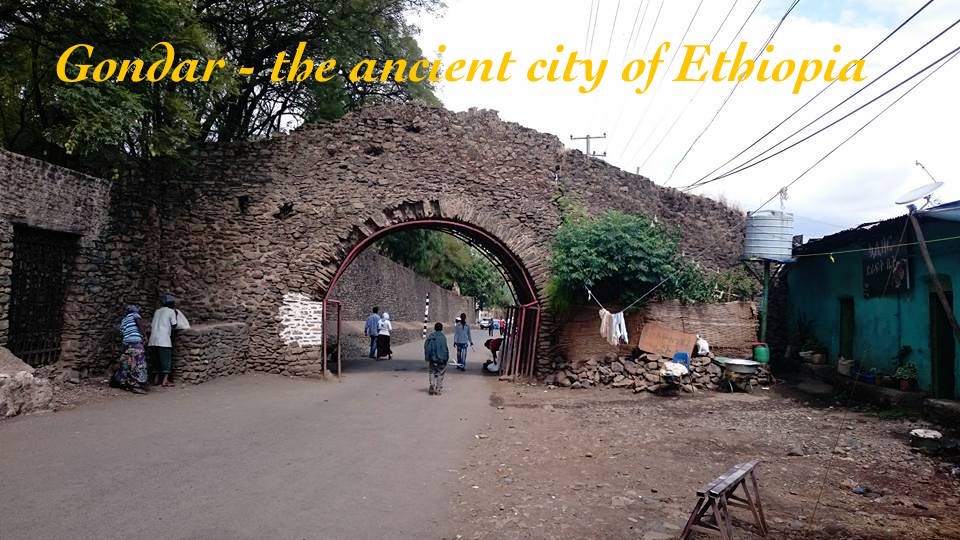Its 4 in the morning and the alarm starts buzzing, feels terrible to wake up, then I quickly realize “I am off to Zanzibar” a majestic island to the east coast of Tanzania.
Moments later I hear a knock at my door in this lousy hotel located in Kariakoo, the so called center of Daresalam, It’s my cabbie waiting to get me to the ferry terminal. Azam Ferry is the most trusted and the recommended one, and has a daily service to Zanzibar from Daresalam at (0700HRS / 0930HRS / 1230HRS / 1545HRS).
After an hour’s ride from the capital city the Kilimanjaro IV Vessel docked in to the Zanzibar bay, just outside the terminal flock of taxi drivers congregated, I convincingly made a right choice of choosing to hop into one of the cabs driven by Iddi Hussein, he was quite friendly and on our way to the hotel he took me through the history and prominence of the Mji Mkongwe ( Swahili term for Old town).
Contact Iddi Hussein on: (+255) 655 464378 / 777 464378 / 686 293638 / 762 407686.
Zanzibar is an island of wonders. The historic center- Stone Town which the locals refer as “Old town” is a World Heritage Site. Stone town’s close proximity to major attractions, airport, and seaport makes it to be the center of the island. This bustling part of the city hosts many hostels and budget friendly to splurge places to stay.
Stone Town has a maze of narrow alleys, lined by houses, shops, bazaars and mosques. Most roads are too narrow for cars to pass as a result the town is crowded with bicycles and motorbikes. The seafront has wider streets and larger, more regularly placed buildings.
It was a perfect afternoon to start my journey in the island, by exploring through the narrow alleys of the town; Iddi drove me to some of the major sights like the house of wonders, Tippu’s Tip Houses, The Palace Museum, David Livingstone’s House, The Anglican Cathedral etc.
House of wonders marks an iconic reputation in the history of the island as it was the first building in Zanzibar to obtain electricity and the first building in the entire east Africa to have an elevator, Formerly the Sultan’s residence, it became the seat of the Afro-Shirazi Party after the revolution, Since 2000, its has been dedicated as museum on Zanzibar culture.
Tippu’s Tip House where my second stop was, was a place known for the infamous slave trading, it was the house of the slave trader Tippu Tip. Zanzibar had a reputation of slave trading in olden days, It was the Africa Great Lakes’ main slave-trading port, and in the 19th century as many as 50,000 slaves were passing through the slave markets of Zanzibar each year.
The Palace Museum or Beit-el-Sahel, served as the Sultan’s residence until 1964, when the dynasty was overthrown. The museum is devoted to the era of Zanzibar sultanate. Open daily 9am to 6pm. The Palace Museum is a large building with castellated battlements overlooking the Indian Ocean on Mizingani Road in Stone Town. Incredibly, a significant collection of the Sultan’s furniture and other possessions survived the revolution and can be seen by the public today. Of particular note is a room dedicated to the famous Princess Salme, daughter of Sultan Said, who eloped to Hamburg with a German merchant in 1866. Renowned for her manuscript ‘Memoirs of an Arabian Princess from Zanzibar’, her autobiography is the only known written account of what life was like for Arab women of the Royal court in the 1800s.

Spice Tours is a guided tour along the spice farm of Zanzibar. Spice industry is one of the famous industries of the island. It certainly is a great way of learning more about the island’s one of the major source of income.
Its highly recommended to spend at-least 2 nights in this incredible island and absorb everything that this majestic place has to offer.
Copyright Protected











